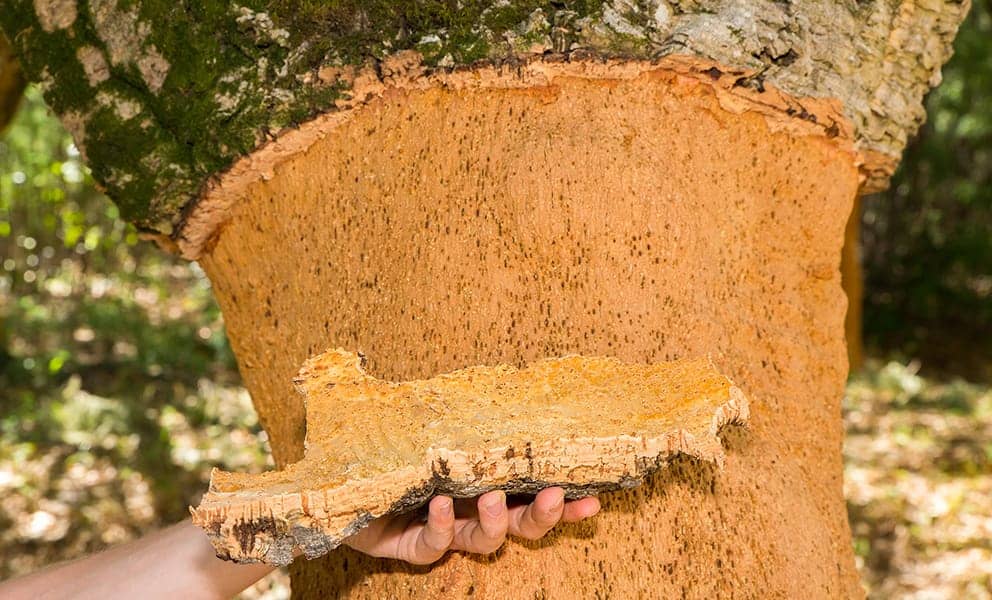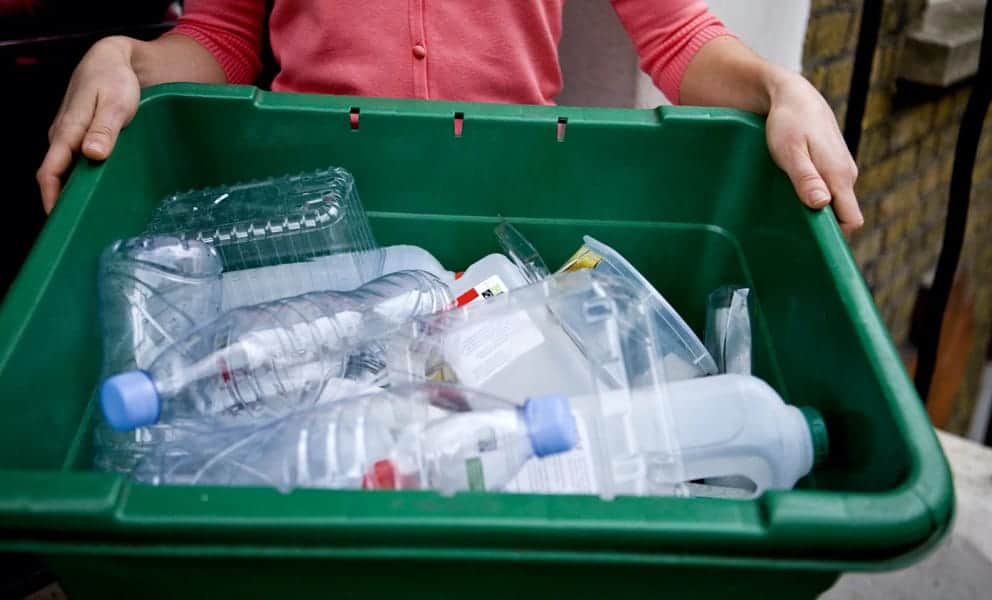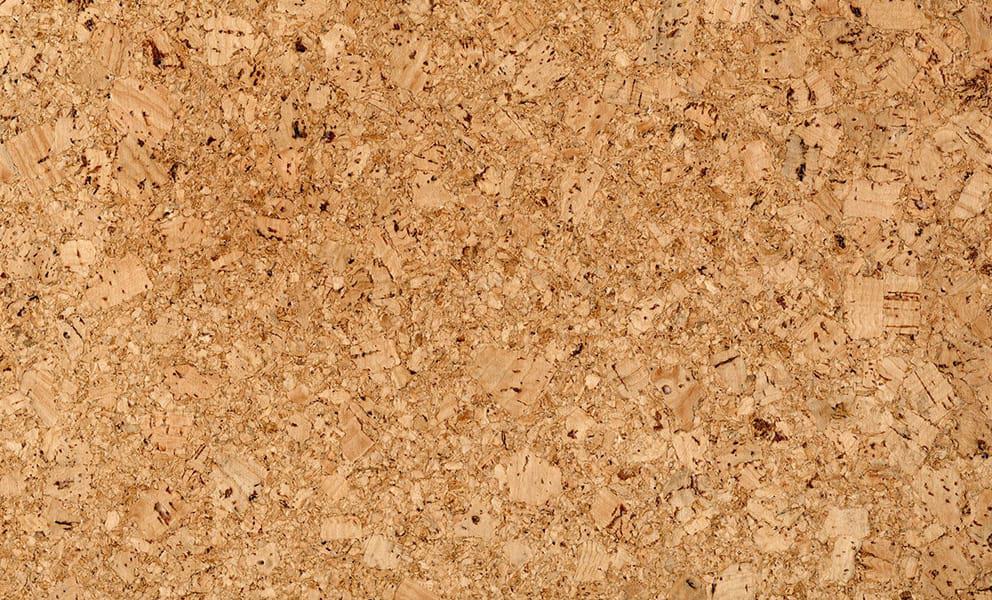
In this post, we’ll take a look at five of the most sustainable building materials out there…
Broadly speaking, sustainability refers to whether things can be made or used continuously without depleting natural resources or having a serious impact on the environment. That can apply to how they’re sourced, produced or even the effects of using them.
Single use plastics, for example, aren’t sustainable because they can take up to 1,000 years to decompose. Burning petrol and diesel isn’t sustainable because it contributes greenhouse gases to the atmosphere. Both of these examples also eat away at finite natural resources, requiring fossil fuels for their production.
There are a number of building-related culprits too:
Traditional building materials often harm the environment, but now there's a focus on greener options. We need materials that are good for the planet and work well for building.
Let's look at five sustainable building materials that are changing the way we build.
Timbercrete is an innovative alternative to one of the most unsustainable and commonly used building materials – concrete. As the name suggests, it’s made from a blend of timber waste or ‘cellulose’, which is then mixed with cement, sand and other materials. Timbercrete can be used as bricks, panels, pavers or blocks and is much lighter to reduce transportation emissions too.
While many plastics are a sustainability no-go, recycled plastic building materials are a different kettle of fish. These sustainable building materials actually take plastic out of the environment, which also means they don’t require fossil fuels or as many harmful chemical-emitting processes to manufacture them. Because they’re being used on a building, they’re far from single-use, so they won’t be disposed of and released back into the environment in the near future.

Slate is a great example of a building material that’s sustainable simply because of its longevity. While slate needs to be extracted by mining, the product itself is 100% natural unlike other roof tiles such as clay and concrete. It can last upwards of 100 years and usually be dismantled or recycled after use, meaning the ratio of impact to use is pretty minimal.

Bamboo trees can grow for harvest in just 5-7 years, which makes bamboo naturally very sustainable. Like slate, it can also last for over a century. In buildings, it’s used primarily as support in walls, partitions, posts and beams. The only caveat is that you need to check whether it’s actually grown sustainably, as some practices can destroy food sources and habitat for animals.

No list of sustainable building materials would be complete without cork. The natural material can be used as an effective wall coating to improve heat retention, sound insulation and water-resistance. Best of all, there’s no need to actually cut down trees to harvest cork, with the bark growing back each time, meaning it’s incredibly sustainable!
CorkSol SprayCork also won the Best Sustainable Technology or Product of 2020 in the Build It Awards.

Along with choosing sustainable building materials, how we build is increasingly important for the environment. Using green building methods makes the whole construction process eco-friendly.
These methods include:
Buildings should be designed to maximise any natural light, creating bright and energy-efficient interiors. Good airflow is necessary for maintaining a healthy indoor environment, reducing the need for artificial ventilation.
If space is used efficiently, each area of the building will be functional and have a practical purpose. Adding features like green roofs not only provides insulation but also helps to manage any stormwater.
Buildings should be designed for energy efficiency to decrease the environmental impact and lower energy costs. Effective insulation, energy-efficient windows and modern heating/cooling systems are essential for reducing energy use.
Using smart thermostats and energy-saving appliances can help to decrease energy consumption further. Also, by integrating renewable energy sources, such as solar panels or wind turbines, the building's overall energy efficiency will be increased.
Minimising waste in construction is extremely necessary for environmental sustainability. It's important to use materials efficiently and to recycle wherever possible. Prefabricating parts away from the building site helps in cutting down on-site waste. Making sure that you implement a detailed waste management strategy, focused on reusing materials, will help in reducing the environmental footprint.
It can be a good idea to use digital planning tools for accurate measurements and material estimates. This will help decrease waste during the building process.
Buildings need to be designed for efficient water usage. This means fitting them with fixtures that conserve water, such as low-flow toilets and taps – and using systems that reuse rainwater for irrigation and other non-drinking purposes.
Installing greywater recycling systems, which reuse water from sinks and showers for uses like irrigation, can significantly lower water consumption. Also, using advanced technologies such as sensors to monitor water use and automated irrigation systems, can be very efficient and help to reduce waste.
In searching for sustainable building methods, it's crucial to focus on materials that are both environmentally friendly and functionally beneficial.
"*" indicates required fields